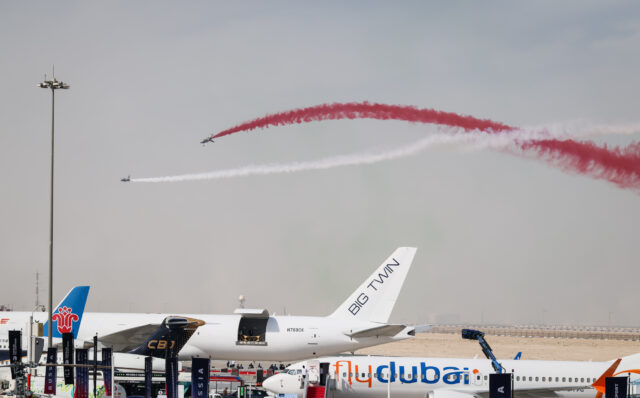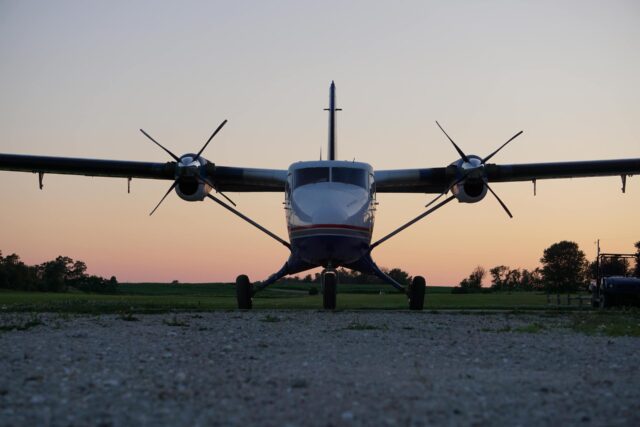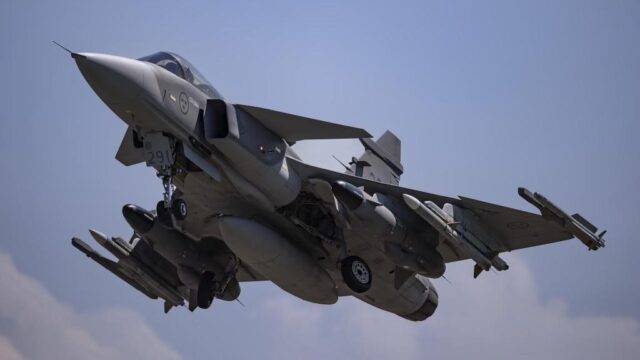Ukraine to deploy world’s first AI-guided ‘drone wall’ to stop Russian attacks

November 19, 2025
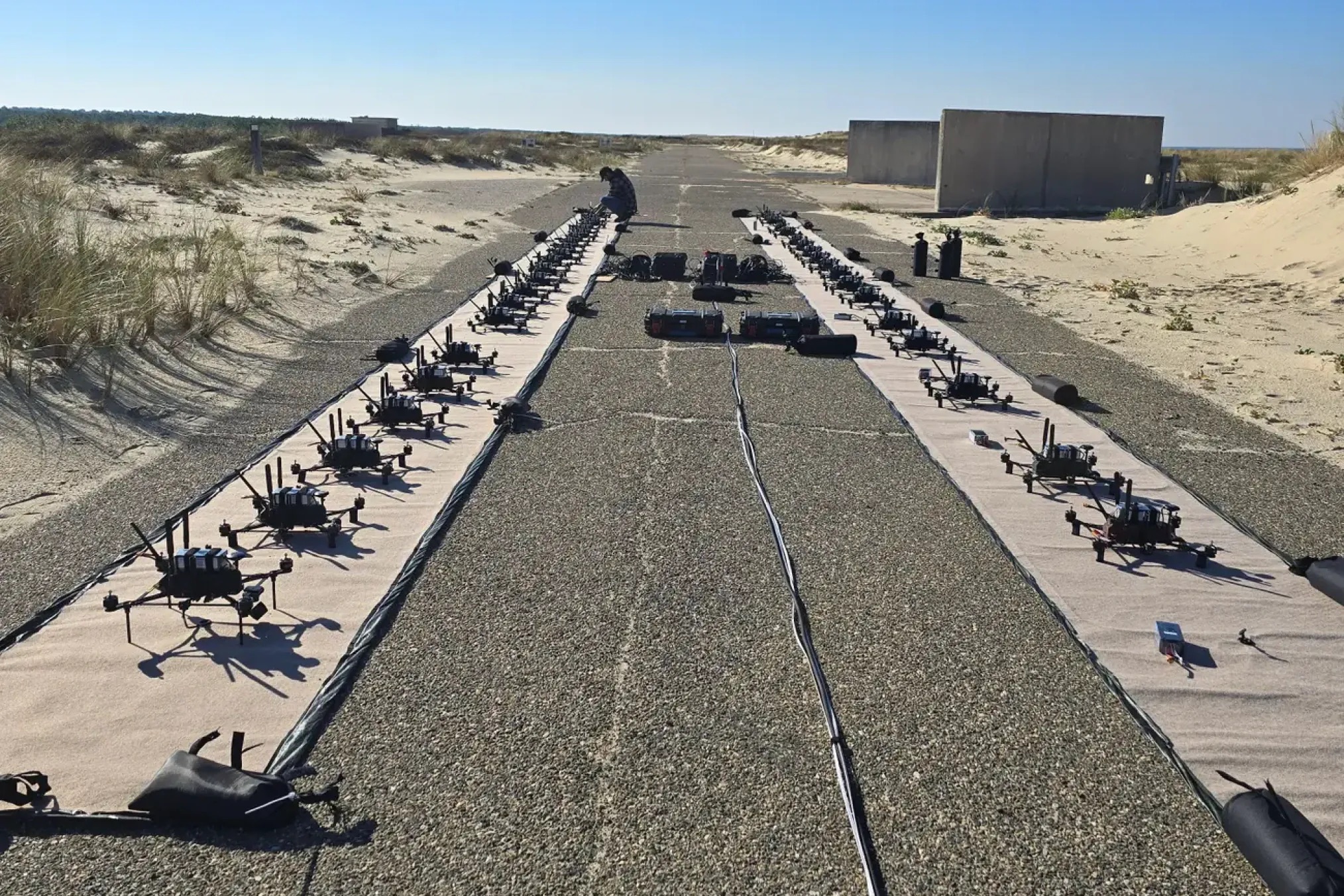
A new kind of air defence is taking shape in Ukraine, not a missile battery or radar array, but a literal wall made of drones.
Developed by Atreyd, a French defence technology firm, the system uses swarms of small, explosive-laden drones to create a moving barrier in the sky. The company describes it as a “flying drone minefield”, a curtain of autonomous interceptors designed to destroy incoming Russian attack drones and glide bombs before they can strike power plants, cities or transport hubs.
Ukraine has already received the system, and it is expected to become operational within weeks, Atreyd’s founder told Business Insider. Once active, it will mark the first time such a drone-based defensive network has been deployed in real combat.
“The drone wall could be used to defend its cities, energy infrastructure, and other civilian areas that are regularly under fire from devastating Russian attacks,” the official said.
Atreyd’s founder would not disclose exactly where in Ukraine the wall will be positioned, citing operational security, but confirmed it will be permanently stationed in the country and can be expanded with locally manufactured drones.
How Ukraine’s ‘drone wall’ works: an AI-guided airborne defence system
The Drone Wall System (DWS-1) is unlike anything currently fielded on a battlefield. Instead of firing missiles or energy beams, it launches dozens, even hundreds, of first-person-view (FPV) drones from modular ground stations the moment radar or sensors detect an incoming threat.
Each drone carries a small explosive charge and climbs to a pre-set altitude, forming a dense, layered pattern in the sky. When a target approaches, one or more drones break formation, detonate near it, and destroy or disable it mid-air.
Functionally, it is an aerial minefield that can move, adapt and rebuild itself. “We see ourselves as the last layer of defence,” Atreyd’s founder told Business Insider.
| Feature | Description |
|---|---|
| AI-coordinated defence grid | The Drone Wall System (DWS-1) forms an autonomous defensive barrier using dozens to hundreds of FPV drones, each coordinated by onboard AI for intercept missions. |
| Modular ground container launch system | Drones are deployed from modular, portable ground stations that can operate as standalone units or as part of a networked multi-station grid. |
| Mass-launch capability | Designed for saturation defence, the DWS-1 can deploy large swarms of interceptors simultaneously, creating a multi-layered aerial shield. |
| Adaptive formation & autonomous targeting | AI dynamically adjusts drone formations based on threat trajectories, radar cues, and line-of-sight detection, enabling real-time retasking without manual piloting. |
| GPS-resilient operation | Each drone carries a 3D map of the operating area, allowing continued defence even in contested electronic-warfare environments with GPS jamming. |
| Identification & safety systems | Equipped with electronic identification markers to prevent friendly-fire incidents, with human override and kill-switch capabilities. |
| Weather-resistant, all-day operation | Designed for 24/7 use in extreme temperatures, strong winds and storm conditions, with automated charging and minimal on-site staffing. |
| Scalable to national defence networks | Integrates with existing radars, C2 systems and sensor networks; can form local, regional or national drone-defence architecture. |
Designed to counter Russian Shahed drones and glide-bomb attacks
Initial deployments will protect Ukrainian cities and energy infrastructure, which continue to face nightly attacks from Russian Shahed drones and glide bombs. These weapons, cheap and mass-produced, often arrive in swarms that can overwhelm traditional air defence systems reliant on costly interceptor missiles.
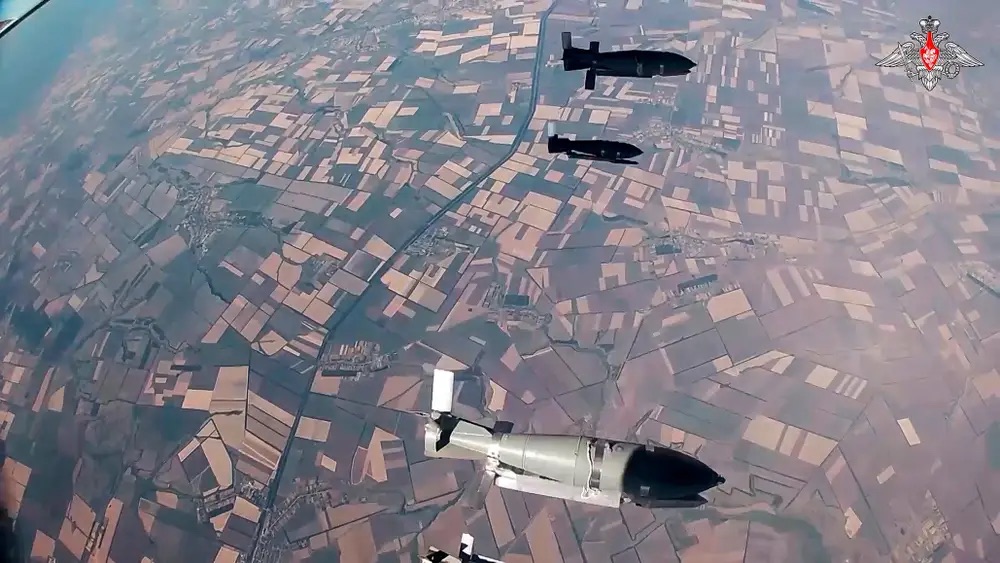
Atreyd’s drone wall aims to flip that cost equation. Each FPV drone costs only a few thousand dollars, and surviving interceptors can be reused. One operator can manage up to 100 drones at once, and users do not need to be trained pilots – just familiar with activating and monitoring the system.
AI-powered autonomous defence that works even under GPS jamming
Artificial intelligence allows the wall to constantly adjust its formation, shifting to match an incoming threat’s path. Each drone carries a 3D map of its area, enabling the system to function even when GPS is jammed, a frequent issue in Ukraine’s electronic-warfare-heavy environment.
The drones fly at several thousand metres and feature identification systems to prevent friendly-fire incidents. While the system can run fully autonomously, operators retain a manual override kill switch.
Atreyd claims a 100% interception rate in controlled testing, though Ukraine will be the system’s first true combat trial.
From NATO Innovation Challenge to battlefield deployment
The concept first gained traction during a NATO Innovation Challenge in March, where Western and Ukrainian firms were invited to pitch solutions against Russian drone and glide-bomb attacks. Atreyd’s blend of affordability, autonomy and scalability made it one of the standout entries.
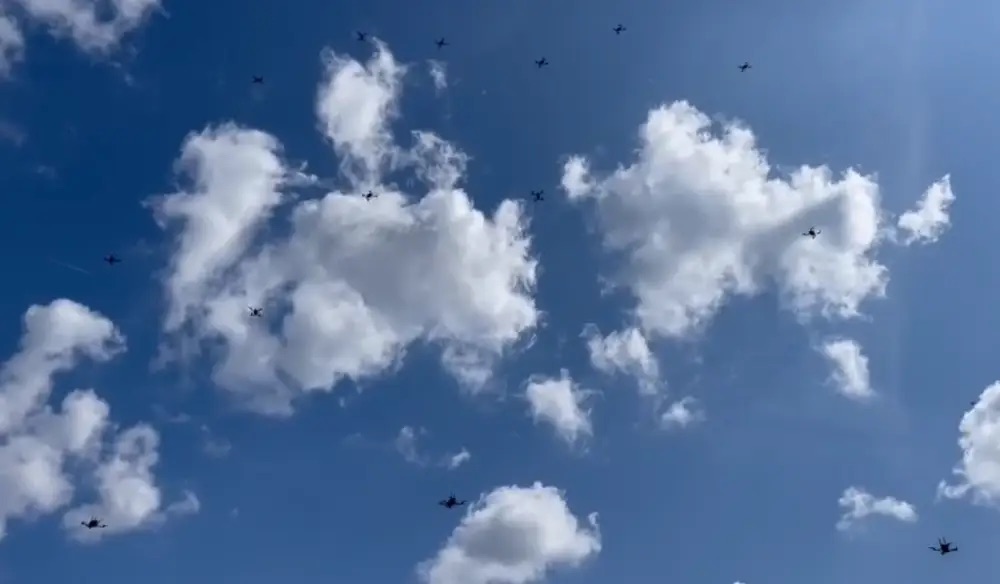
Production lines have since been established in France and Ukraine, with a US expansion planned. At least one NATO member has reportedly placed an order.
Countering Russia’s faster, jet-assisted drones and upgraded glide bombs
Russia has increasingly fitted its drones and glide bombs with small jet engines, boosting speed and complicating interception. Atreyd says the system’s flexibility and AI-coordination capability allow it to counter these upgraded weapons.
The company is also exploring next-generation launch platforms, including mobile launch trucks, uncrewed carriers and even airship-style “flying motherships” that could deploy drone walls over wide areas.
The timing aligns with EU discussions around a pan-European “drone wall”, not of interceptors but of radars and surveillance sensors to protect European airspace. Atreyd’s system gives physical form to what has been, so far, a conceptual policy debate.
If successful in Ukraine, analysts believe similar systems could be deployed across Europe as part of NATO’s layered air-defence architecture.
A new air-defence model for Ukraine’s nightly drone-swarm threat
The war in Ukraine has forced defence planners to rethink how they protect cities from cheap, mass-produced aerial weapons. Traditional missile systems remain essential, but they were never designed for nightly saturation attacks by hundreds of drones.
Atreyd’s “drone wall” offers something different: a fast, reusable and adaptive shield built to meet that threat on its own terms.
It is an invention born of necessity, a wall that does not stand still, but flies.
Love innovation and technology? Discover more of our stories here.
